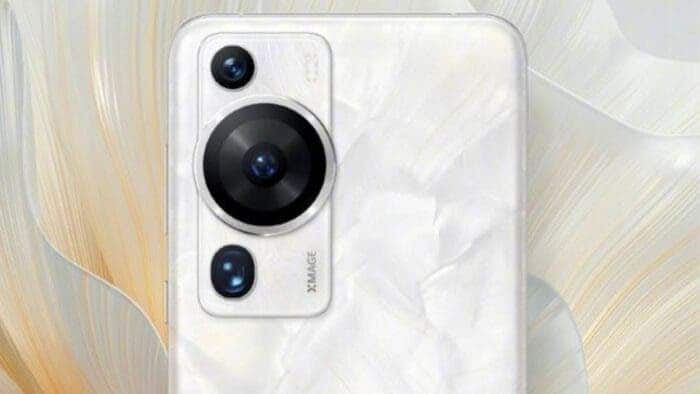The two flagship product lines of Huawei are the P and Mate series. The company usually release the P series flagships every spring. The newest P60 series mobile phones from Huawei will be formally unveiled on March 23 in China. The company has currently revealed the look of the new phones’ in a couple of design drawings. So which one do you like better in terms of aesthetics compared to earlier P series models?
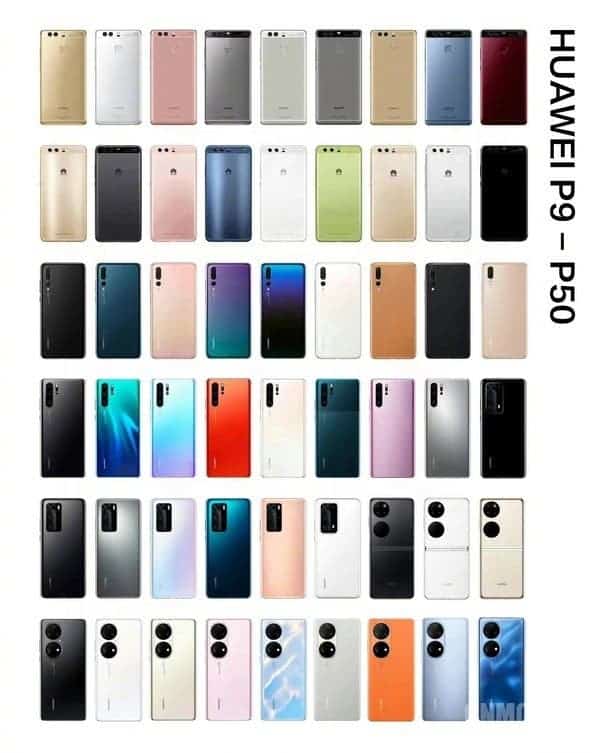
Let’s start by looking at Huawei’s most recent effort in mobile phone design, the P60 series. Although the model that will be revealed this time is still unknown, the back does certainly have full recognition.
The new phone no longer sports a dual-ring shape for the camera. There are two cameras on the top and bottom in addition to the huge primary camera in the middle. This design is really striking. Looking at the shape of this device, in the camera module, the bottom ought to have a periscope telephoto lens. Some users claim that if you hold the camera horizontally, it resembles Mickey Mouse or a koala.
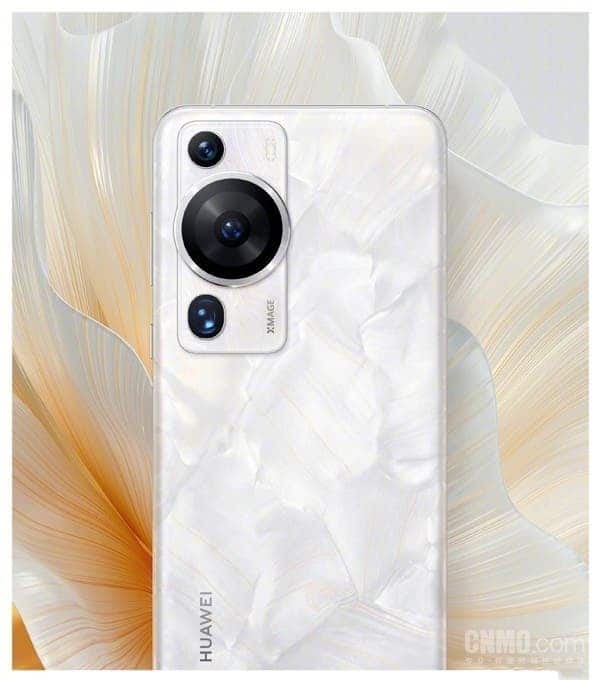
Huawei P60 colours are attractive
Together with the camera, the device’s white body conveys a sense of purity and naturalness. Also, its shell-like texture design draws attention to the texture of the ocean’s surface.
In terms of design innovation, Huawei’s P series devices have always been a leader in the sector. Each iteration of the P series has outstanding characteristics, as can be seen from the rear images of the earlier P series devices that leaks revealed.
Everyone should be able to name a few classic colour systems, regardless of the artistry and materials used. For instance, the P20 series’ aurora hue, the P30 series’ sky realm, the P40 series’ frost silver, and the P50 series’ Danxia orange are all at the forefront of the trend.
The dual-ring design of the P50 series is reportedly highly popular, but Huawei still made the bold and creative decision to be unique in the upcoming generation of products. I wonder if the P60 series’ design this time will usher in a fresh round of fashions in the mobile phone industry.
Huawei P60 series can use 5G!
Huawei’s most recent mobile phones do not support the use of 5G networks for a variety of well-known reasons. However, users of the Huawei P50 series and Huawei Mate 50 series can connect to the 5G network using Shuyuan Technology’s 5G communication case. This case is from a third-party brand.
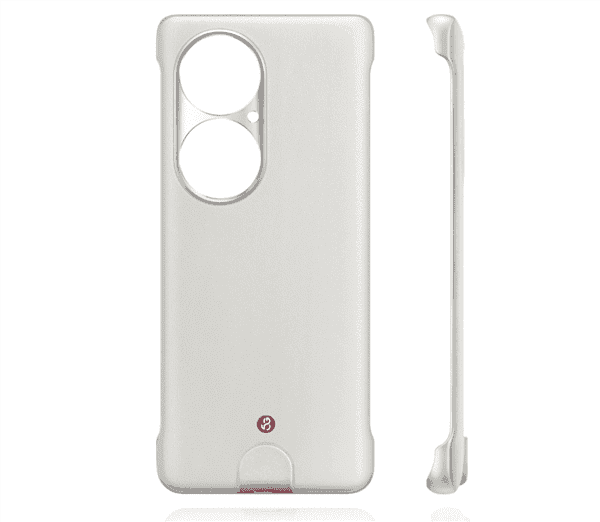
A few days ago, Shuyuan Technology’s SY108-698 5G terminal product received radio approval and 3C certification. The key news is that this is the 5G communication case that will support the Huawei P60 series. The market expects this case to launch shortly after the release of the Huawei P60 series.
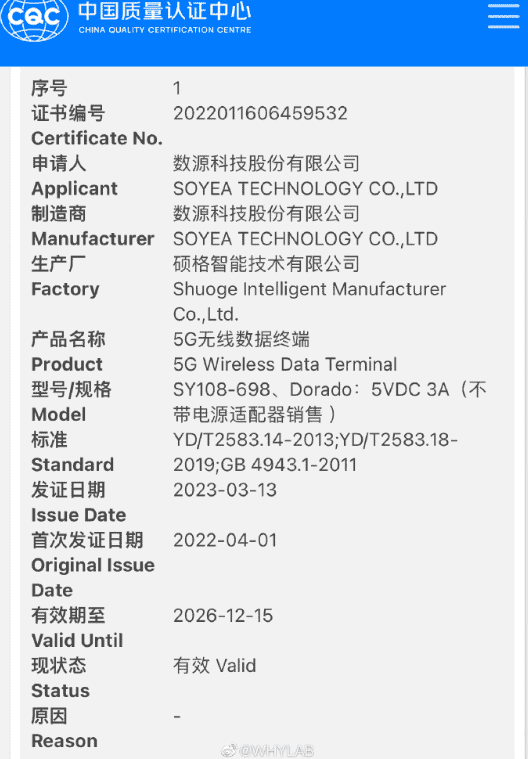
According to reports, Shuyuan Technology originally released the 5G communication case in May of last year. As we may all know, the first batch was custom for the Huawei P50 Pro mobile phone. Three major operators and 5G dual-mode are supported by the communication case. Only the eSIM service needs to be activated. A “physical plug-in” is the process by which a 4G mobile phone transforms into a 5G mobile phone in a matter of seconds.
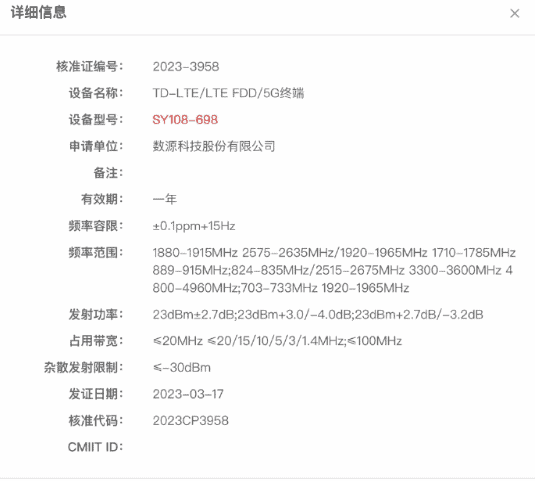
The 5G communication case is nevertheless connected to the phone through a USB port, taking up space on the phone’s charging port when it is in use.
According to rumours, Huawei’s P60 series will have three different models: the P60, the P60 Pro, and the P60 Artist Design Edition. Both the P60 and P60 Pro variants, it has been said, come standard with Snapdragon 8+ Gen 1 4G CPUs.
History of the Huawei P series
Huawei P series is a line of high-end smartphones produced by the Chinese telecommunications company Huawei. The P series was first introduced in 2012 and has since become one of Huawei’s most successful product lines. Here is a brief history of the Huawei P series:
Huawei P1 (2012):
The Huawei P1 was the first smartphone in the P series. It featured a 4.3-inch qHD display, a dual-core 1.5 GHz processor, 1GB of RAM, and an 8-megapixel camera.
Huawei P2 (2013):
The Huawei P2 was released in 2013 and featured a 4.7-inch 720p display, a quad-core 1.5 GHz processor, 1GB of RAM, and a 13-megapixel camera.
Huawei P6 (2013):
The Huawei P6 was released in 2013 and was marketed as the world’s thinnest smartphone at the time. It featured a 4.7-inch 720p display, a quad-core 1.5 GHz processor, 2GB of RAM, and an 8-megapixel camera.
Huawei P7 (2014):
The Huawei P7 was released in 2014 and featured a 5-inch 1080p display, a quad-core 1.8 GHz processor, 2GB of RAM, and a 13-megapixel camera.
Huawei P8 (2015):
The Huawei P8 was released in 2015 and featured a 5.2-inch 1080p display, an octa-core 2.0 GHz processor, 3GB of RAM, and a 13-megapixel camera.
Huawei P9 (2016):
The Huawei P9 was released in 2016 and featured a 5.2-inch 1080p display, an octa-core 2.5 GHz processor, 3GB of RAM, and a dual 12-megapixel camera co-engineered with Leica.
Huawei P10 (2017):
The P10 was released in February 2017 and featured a 5.1-inch display, a dual-camera setup, and a Kirin 960 processor. It also had 4GB of RAM and ran on Android 7.0 Nougat.
Huawei P20 (2018):
The P20 was announced in March 2018 and featured a 5.8-inch display, a new Kirin 970 processor, and a dual-camera setup with Leica lenses. It also had a notch design and ran on Android 8.1 Oreo.
Huawei P30:
The Huawei P30 was launched in March 2019 and featured a 6.1-inch OLED display, a triple-camera setup with a 40-megapixel primary sensor, and Huawei’s Kirin 980 processor.
Huawei P40:
The P40 was launched in April 2020 and featured a 6.1-inch OLED display. This device also comes with a triple-camera setup. It has a 50MP primary sensor as well as Huawei’s Kirin 990 processor. The P40 was also the first Huawei phone to ship without Google services due to the ban from the U.S.
Huawei P50:
The Huawei P50 hit the market in July 2021. It features a 6.5-inch OLED display with a 2700 x 1224 pixel resolution as well as a Snapdragon 888 4G chipset. This device also runs on Android 11 with Huawei’s HarmonyOS 2.0 on top. Furthermore, the phone has a triple-camera setup on the back. This includes a 50MP primary camera, a 13MP ultra-wide camera, and a 12MP telephoto camera.
For well-known reasons, the company did not release any model in the P series in 2022.

